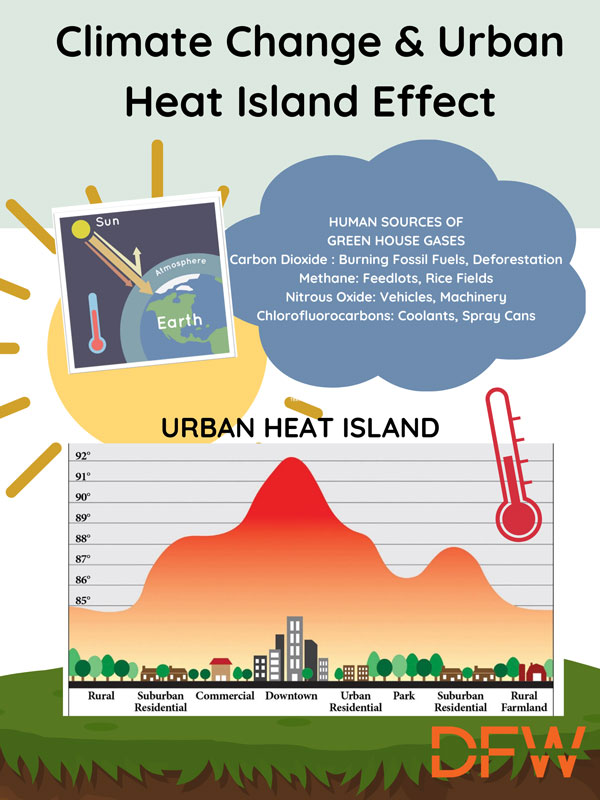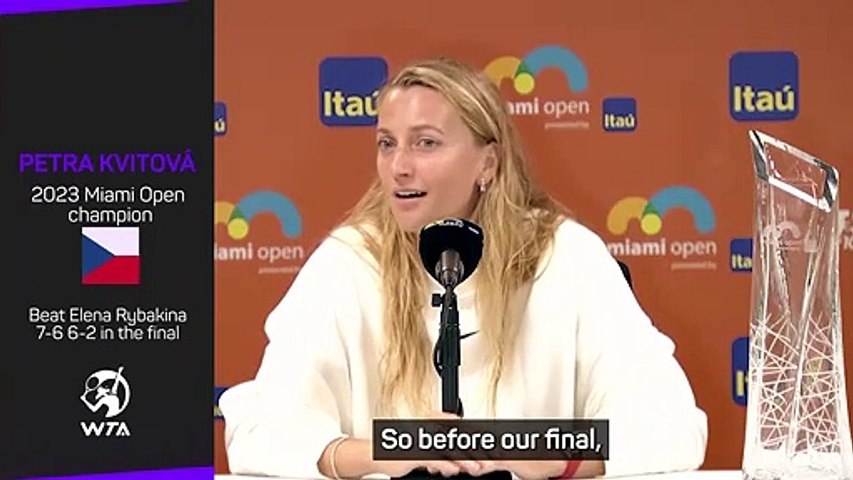Combating Urban Heat Island Effect: Innovative Materials For Indian Cities

Table of Contents
Understanding the Urban Heat Island Effect in the Indian Context
The UHI effect is the phenomenon where urban areas experience significantly higher temperatures than their surrounding rural areas. In the Indian context, this effect is amplified by several factors: the dense population, the often-limited presence of green spaces, and the prevalent use of dark-colored building materials. These factors contribute to a vicious cycle of heat absorption and retention.
-
Higher air and surface temperatures: Urban areas trap heat due to the abundance of concrete, asphalt, and other heat-absorbing surfaces, leading to significantly higher air and surface temperatures compared to rural counterparts. This difference can be substantial, especially during peak hours.
-
Dark-colored building materials: The widespread use of dark-colored building materials, such as dark roofing tiles and asphalt, drastically increases heat absorption. These materials absorb solar radiation and radiate heat back into the surrounding environment, exacerbating the UHI effect.
-
Impact on wind patterns and ventilation: The dense built environment of Indian cities often restricts natural airflow, hindering ventilation and trapping heat within urban canyons. This reduces the effectiveness of natural cooling mechanisms.
-
Higher energy demand for cooling: The elevated temperatures necessitate increased use of air conditioning, leading to higher energy consumption and a strain on the power grid. This increases carbon emissions and exacerbates the problem further.
-
Health risks: Extreme heat poses significant health risks, especially for vulnerable populations like the elderly, children, and those with pre-existing health conditions. Heatstroke, respiratory problems, and cardiovascular issues are common consequences.
-
Severely affected cities: Many Indian megacities like Delhi, Mumbai, Chennai, and Kolkata experience severe UHI effects, impacting the health and well-being of millions of residents.
Innovative Building Materials for UHI Mitigation
Several innovative building materials offer promising solutions for mitigating the UHI effect in Indian cities. These materials focus on increasing reflectivity (albedo) to reduce heat absorption and improving thermal insulation to reduce heat transfer.
-
Cool Roofs: Implementing light-colored paints, coatings, and reflective roofing materials significantly reduces heat absorption. Suitable options for the Indian climate include terracotta tiles with a light-colored finish, concrete with added reflective pigments, and specialized cool roof coatings. These materials reflect solar radiation back into space, keeping buildings cooler.
-
Green Walls and Roofs: Incorporating vegetation through green walls and roofs offers a dual benefit: it reduces temperatures through evapotranspiration (the process where plants release water vapor) and improves air quality. Suitable plants for Indian cities need to be drought-tolerant and chosen based on local climatic conditions. Examples include creepers like Bougainvillea and succulents.
-
Phase Change Materials (PCMs): PCMs absorb and release latent heat, moderating temperature fluctuations within buildings. These materials can be incorporated into building materials like paints and plasters, providing passive temperature regulation.
-
Aerogel-based Insulations: Aerogel is a highly porous material with exceptional thermal insulation properties. Using aerogel-based insulation in building walls and roofs significantly reduces heat transfer, keeping interiors cooler during hot weather.
Cost-Effectiveness and Scalability of Innovative Materials
The economic viability of implementing these innovative materials is crucial for widespread adoption.
-
Cost comparison: While the initial cost of some materials might be higher than traditional options, the long-term benefits often outweigh the initial investment.
-
Government incentives: Government incentives, subsidies, and tax benefits can significantly reduce the upfront cost, making these materials more accessible.
-
Long-term cost savings: Reduced energy consumption for cooling translates into considerable long-term savings on electricity bills.
-
Local manufacturing: Promoting local manufacturing of these materials can create jobs and boost the local economy, while also reducing transportation costs.
Urban Planning Strategies to Complement Material Innovations
Material innovations alone are insufficient; effective UHI mitigation requires a holistic approach that includes strategic urban planning.
-
Increased green spaces: Expanding green spaces and creating urban forests provides natural shade and cools the urban environment through evapotranspiration.
-
Strategic building placement: Careful building placement can maximize natural ventilation and minimize heat trapping in urban canyons.
-
Cool pavements and permeable surfaces: Using lighter-colored pavements and permeable surfaces increases reflectivity and allows rainwater infiltration, reducing surface temperatures and mitigating flooding.
-
UHI mitigation plans: Incorporating UHI mitigation plans into city master plans is crucial for long-term effective management.
-
Community engagement: Public awareness and community participation are vital for successful implementation of UHI mitigation strategies.
Conclusion
The Urban Heat Island Effect poses a significant challenge to Indian cities, impacting public health and energy consumption. By adopting innovative building materials like cool roofs, green infrastructure, and advanced insulation technologies, alongside strategic urban planning, we can significantly mitigate the UHI effect. Implementing these solutions requires a multi-pronged approach involving government policies, industry collaboration, and public awareness. Let's work together to create cooler, more sustainable, and healthier Indian cities by proactively combating the Urban Heat Island Effect and embracing innovative solutions. Addressing the UHI in Indian cities is not just an environmental concern; it's a matter of public health and economic sustainability. Let's prioritize sustainable urban development and actively work towards a more livable future.

Featured Posts
-
 Accion Y Aventura Jin De Bts Brilla En El Ultimo Episodio De Run Bts
May 30, 2025
Accion Y Aventura Jin De Bts Brilla En El Ultimo Episodio De Run Bts
May 30, 2025 -
 Citizen Science Projects Investigating Whidbey Clam Populations
May 30, 2025
Citizen Science Projects Investigating Whidbey Clam Populations
May 30, 2025 -
 Anisimovas Victory Snaps Andreevas Miami Open Winning Streak
May 30, 2025
Anisimovas Victory Snaps Andreevas Miami Open Winning Streak
May 30, 2025 -
 The Bts Reunion Teaser Fueling Anticipation For A New Era
May 30, 2025
The Bts Reunion Teaser Fueling Anticipation For A New Era
May 30, 2025 -
 Caribou Poaching Suspects Arrested Following Remote Lodge Break In Rcmp Update
May 30, 2025
Caribou Poaching Suspects Arrested Following Remote Lodge Break In Rcmp Update
May 30, 2025
